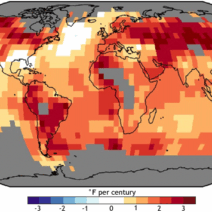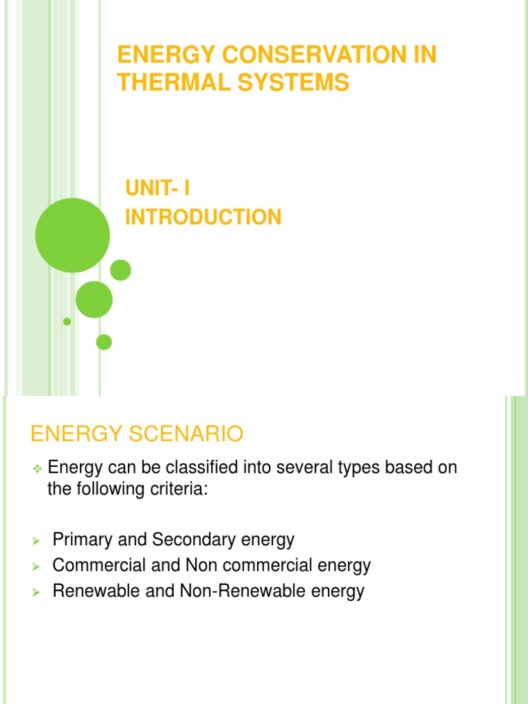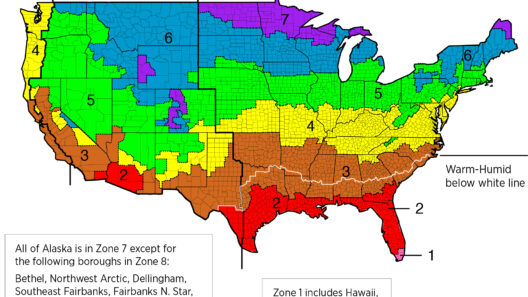In the quest for the perfect climate, numerous variables coalesce to define what constitutes an ideal environment. Various factors, including temperature, humidity, precipitation, and seasonal variations, play a pivotal role in the assessment of climates around the globe. This exploration seeks to unravel which country holds the esteemed title of possessing the best climate year-round, considering both comfort and ecological sustainability.
When discussing climate, it is essential to first define what “best” signifies. For some, an optimum climate might mean perpetual sunshine and mild temperatures. For others, it may include distinct seasons or proximity to temperate rainfall patterns that support lush vegetation and agricultural prosperity. Hence, subjective experiences and individual preferences significantly shape the broader understanding of climate excellence.
One of the most lauded contenders for the title is Portugal. Renowned for its temperate climate, Portugal enjoys a medley of warm summers and mild winters, particularly in coastal areas like Lisbon and the Algarve region. The average annual temperature hovers around a comfortable 64°F (18°C), and rainfall is moderate and well-distributed throughout the year, preventing extremes in both heat and cold. The country’s wine production can be attributed to this climate’s consistency, benefiting both the agriculture sector and the stunning landscapes admired by tourists worldwide.
Furthermore, the allure of Portugal extends beyond the climate—it’s a burgeoning hub for sustainability. The nation taps into renewable energy sources, integrating them into its society and offering a blueprint for ensuring eco-friendly growth. As climate change looms, leading nations should study such models to craft climate strategies that foster both comfort and sustainability.
Next on the list, New Zealand occupies a unique position in the climate hierarchy. The country boasts a plethora of microclimates, contributing to its diverse ecosystems. From the subtropical north to the temperate south, New Zealand is characterized by its stunning landscapes, featuring snow-capped mountains, serene beaches, and verdant forests. The average annual temperature varies but generally remains around 59°F (15°C), and it experiences relatively consistent rainfall, safeguarding its lush environment.
New Zealand’s commitment to conservation enhances its appeal as a viable climate candidate. With progressive environmental policies and a focus on preserving biodiversity, it provides an inspiring model for other nations striving to adopt a responsible approach to climate and ecological preservation. In a world facing existential threats from climate change, countries like New Zealand exemplify how environmental stewardship not only preserves natural beauty but also contributes to the well-being of their inhabitants.
The Mediterranean region, particularly nations like Spain and Italy, also showcases an enviable climate. These countries are often heralded for their warm, dry summers and mild, wet winters, creating a comfortable year-round environment for residents and visitors alike. Coastal cities such as Barcelona and Naples average around 68°F (20°C), making them highly desirable locales for those seeking a pleasant climate.
However, beyond mere temperature, cultural vitality reigns supreme in these Mediterranean hotspots. They encapsulate the essence of community and quality of life—a fact that cannot be overlooked when discussing climate. The way a location enhances personal and communal experiences can dictate perceptions of its climate. So, while Spain and Italy offer exquisite weather, they also open a window to rich histories and vibrant societies, enhancing their overall appeal.
A surprise entrant in the climate ranking is Costa Rica, celebrated for its consistently enjoyable climate and unwavering commitment to conservation. Nestled between the Caribbean Sea and the Pacific Ocean, Costa Rica enjoys a tropical climate marked by two distinct seasons: a dry season and a wet season. The average temperature typically remains around 68°F to 80°F (20°C to 27°C) depending on the altitude and region. Such a climate nurtures incredible biodiversity, making it a hotspot for eco-tourism and a significant preserve for endangered species.
The Costa Rican ethos aptly emphasizes sustainability, evidenced by initiatives aimed at achieving carbon neutrality. This dedication to protecting the environment aligns with a vision of climate excellence, recognizing that a country’s climate is intricately tied to its ecological health and the quality of life it affords its citizens.
Lastly, Australia offers yet another compelling example of desirable climates. The country is vast and varied; however, regions like Queensland endure perennial sunshine and pleasant temperatures nearly all year long. Coastal communities benefit from temperate conditions, while also enjoying stunning beaches and a vibrant marine ecosystem. The average temperature varies greatly across different regions, but the coastal zones resonate with the ideal climatic conditions—as evidenced by their robust tourism and lifestyle offerings.
Australia, however, grapples with larger environmental issues, including severe droughts and bushfires. These challenges underscore the importance of implementing sustainable practices to ensure that the climate remains a bastion of comfort for generations to come. The dichotomy of natural beauty and climatic challenges illustrates the intricacies involved in climate assessment—emphasizing that ideal conditions are not a guarantee but rather a dynamic interplay between nature and human action.
Ultimately, the quest for the nation with the best climate year-round is more than a mere exercise in ranking; it entails understanding how diverse environmental factors harmonize to foster unique experiences across the globe. It also unravels the interconnectedness of climate and the intrinsic responsibility we bear as global citizens to advocate for sustainable practices that shape a brighter, more comfortable future.
In conclusion, the journey to find the best climate is characterized by a myriad of variables, subjective interpretations, and a persistent pursuit of sustainability. As nations vie for this coveted distinction, it is crucial to recognize that climate excellence transcends mere weather patterns—it encapsulates a holistic view of environmental stewardship and the societal frameworks essential for flourishing in harmony with nature.








